Using intelligent ear tags to accurately detect heats has helped a share farming partnership in Staffordshire to tighten the calving period of its pedigree Stabilisers, whilst at the same time contributing to the herd’s expansion.
As well as managing his own Charolais, Limousin and Parthenais cattle, Dan Ingham of Rickerscote Livestock is also in a share farming partnership with AG Parrott with whom he manages a herd of 230 beef cattle including a nucleus of 90 pedigree Stabiliser sucklers.
“By their own admission, the 1,200 acres of arable and potato crops at Acton Hill Farm had prevented the Parrotts from giving the Stabilisers the attention they deserved,” Dan explains. “As a result, the herd’s calving window had become a little staggered, with some of the suckler cows and following heifers calving up to a month or more later than planned.
“We therefore decided to join forces so that the Parrotts could concentrate on their cropping commitments while I focussed on managing the cattle more accurately.”
Eighteen months after the share farming arrangement was established (in August 2020), significant improvements to the herd’s breeding programme have already been achieved: “I was a little apprehensive when I first started working with the Stabilisers as most of my career has been spent managing Continental breeds,” Dan says. “However, the Stabilisers have proved easy to work with and we’ve seen some good results in terms of improving the fertility figures of cows and heifers.”
Dan’s aim is to grow the Stabiliser herd to 120 suckler cows, to improve the herd’s overall genetic merit, and to calve everything within a tight 9-week window starting in mid-February.
“Last year the calving window was too long with one or two cows calving as late as May,” he explains. “I’ve subsequently moved away from using stock bulls in favour of AI to ensure everything is inseminated at the optimum time. For the new system to work effectively I needed to make sure I was spotting as many heats as possible.
“We therefore used a government productivity grant to subsidise the purchase of 60 monitoring ear tags which watch over the herd and send me a text alert as soon as a heat has been detected. That means I can be certain I’m inseminating each animal at the optimum time.”
The Allflex SenseHub ear tags use advanced electronics to constantly measure subtle activity and behavioural patterns associated with fertility status and rumen function. “This information is then transmitted via the farm’s solar powered SenseHub controller to the SenseHub app which analyses the data to determine when cows and heifers are in heat, when they are showing irregular heat patterns, or to provide an early warning of distress or ill health,” explains Allflex’s Dan Finchett.
“Each animal’s fertility data is displayed in easy-to-understand graphs and tables which can be viewed via a smartphone, tablet or computer to enable herd managers to stay in touch with their herd 24 hours a day, 365 days a year.”
During last year’s breeding window, 27 of the tags were used to monitor eight Stabiliser cows and 19 Stabiliser heifers, all of which had slipped out of their assigned calving window.
“In an ideal world I’d wait for 56 days post-partum before trying to get cows back into calf and would have fitted the SenseHub tags when the next generation of heifers were 13 months old so that they could be targeted for insemination at 15 months,” Dan Ingham continues. “Unfortunately, the herd’s calving pattern had already started to creep, so I decided to try to pull some time back by serving those 27 animals a little earlier.”
Thanks to the data collected by the SenseHub ear tags Dan was able to spot heats in all the animals, with five of the eight cows (62.5%) holding to their first service at 30 days and the remaining three all conceiving at the second attempt.
Likewise, despite inseminating them a little younger than usual, 12 of the 19 heifers (63%) held to their first service, with another five (26%) conceiving at their second attempt and one at the third time of asking.
Unfortunately, the last heifer remained empty, but Dan suspects that it could have been a different story if he hadn’t been trying to get her in calf so soon: “One thing I am sure of is that the SenseHub system helped me to spot several blind and weak heats which meant each and every animal was inseminated at the optimum time in her heat cycle.
“The new ear tags enabled me to keep an eye on all 27 animals without having to spend hours watching them in person. If I hadn’t been trying to pull some time back, I’m certain the accuracy of the SenseHub system would have enabled me to achieve a first service to conception rate of more than 70%. That level of accuracy makes it viable to use sexed semen to breed replacements. And who knows, maybe one day we’ll be able to use male sexed semen to maximise the number of bull calves we’re producing for slaughter.”
The Stabiliser herd is monitored 24 hours a day by the SenseHub ear tags which use advanced electronics to constantly measure activity levels and behavioural
patterns associated with fertility status and rumen function.
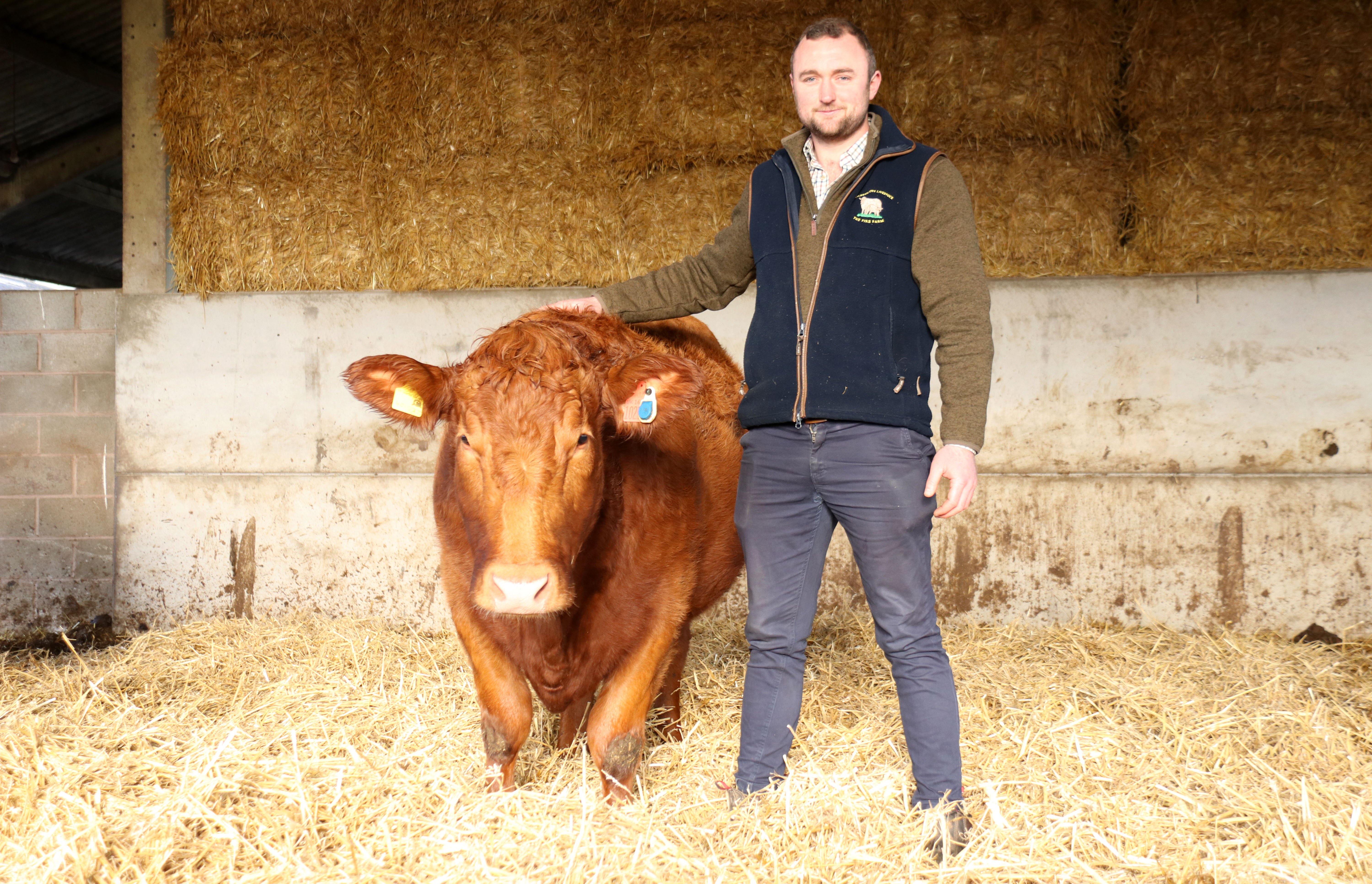
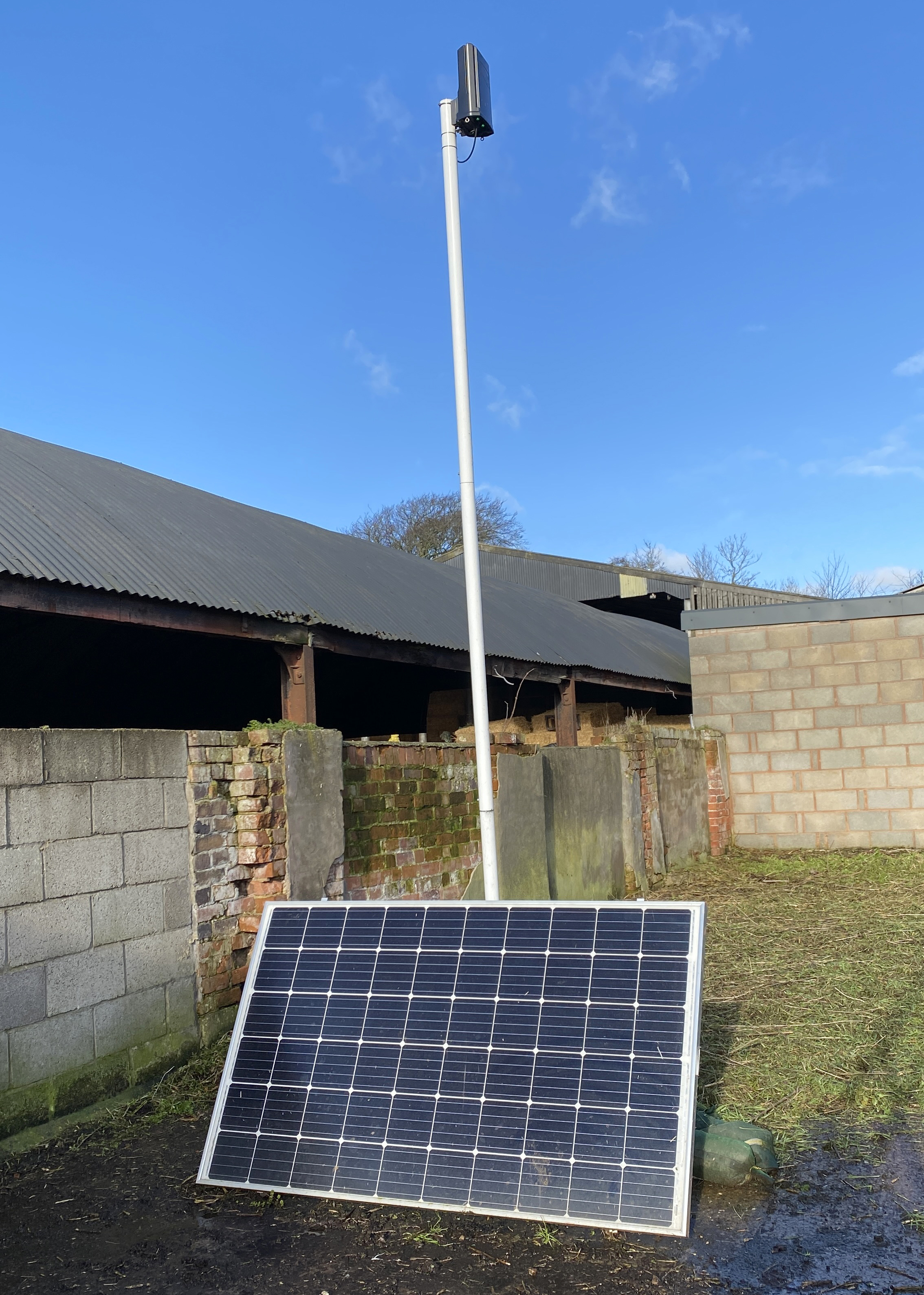
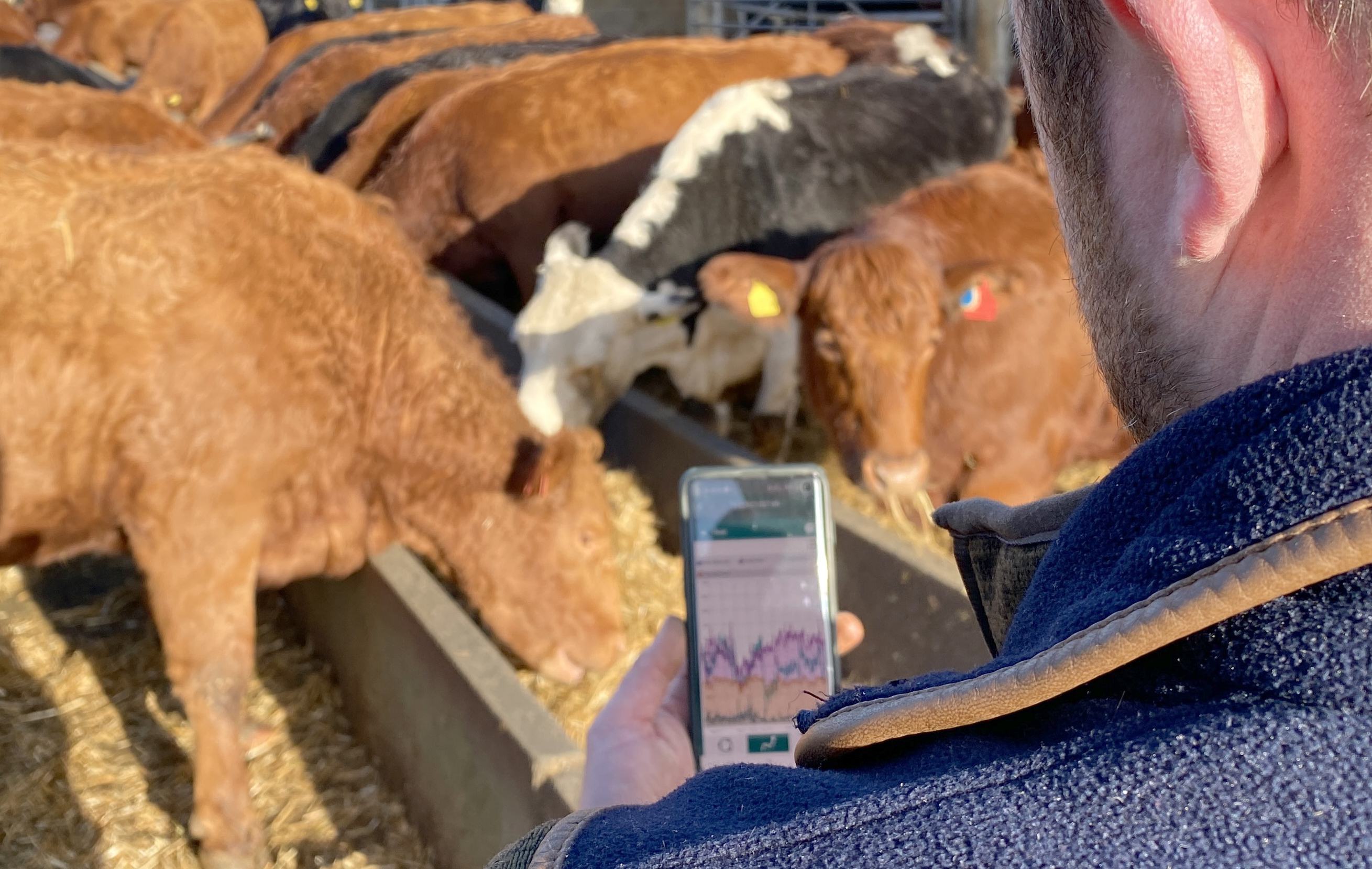
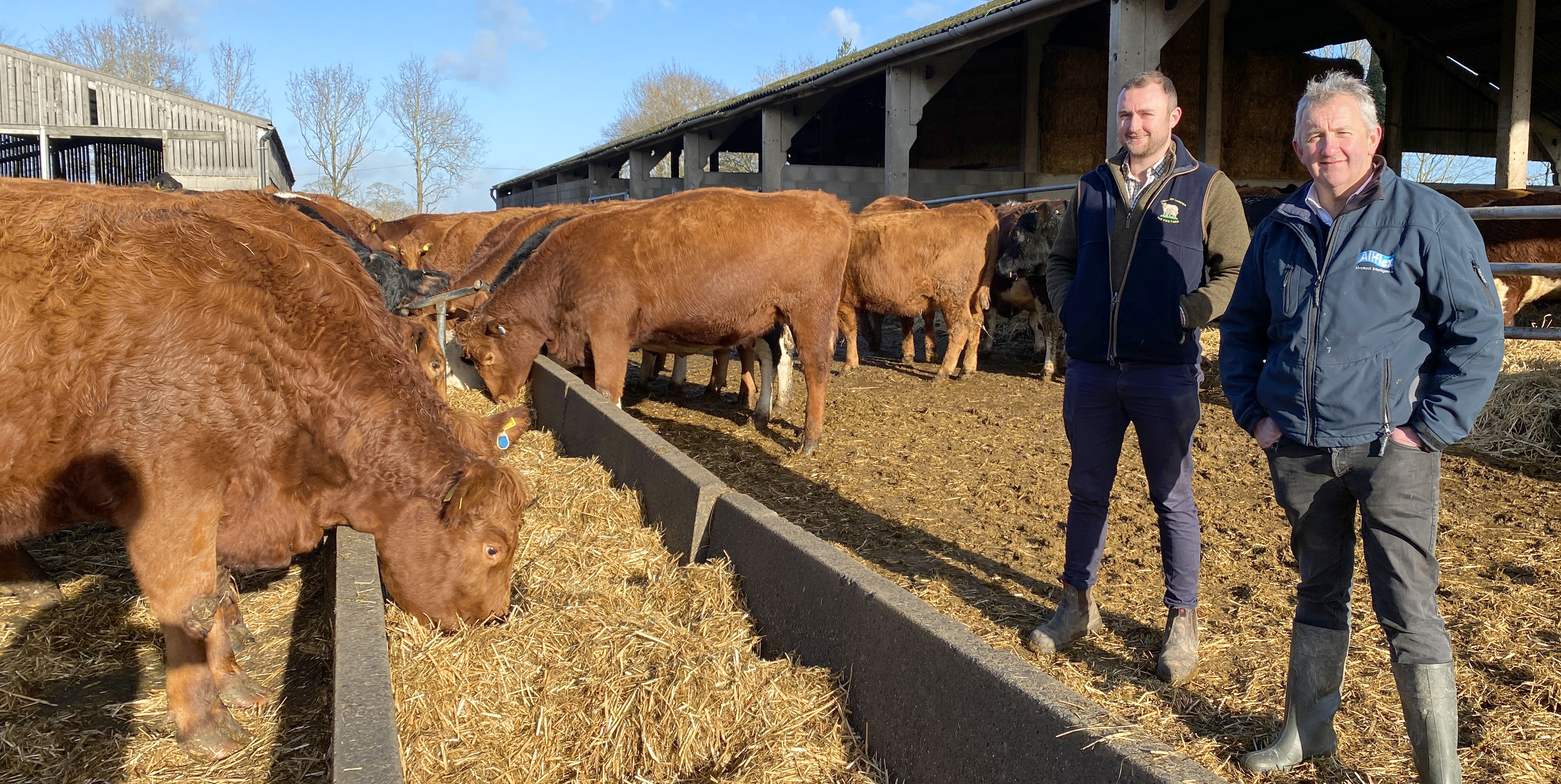


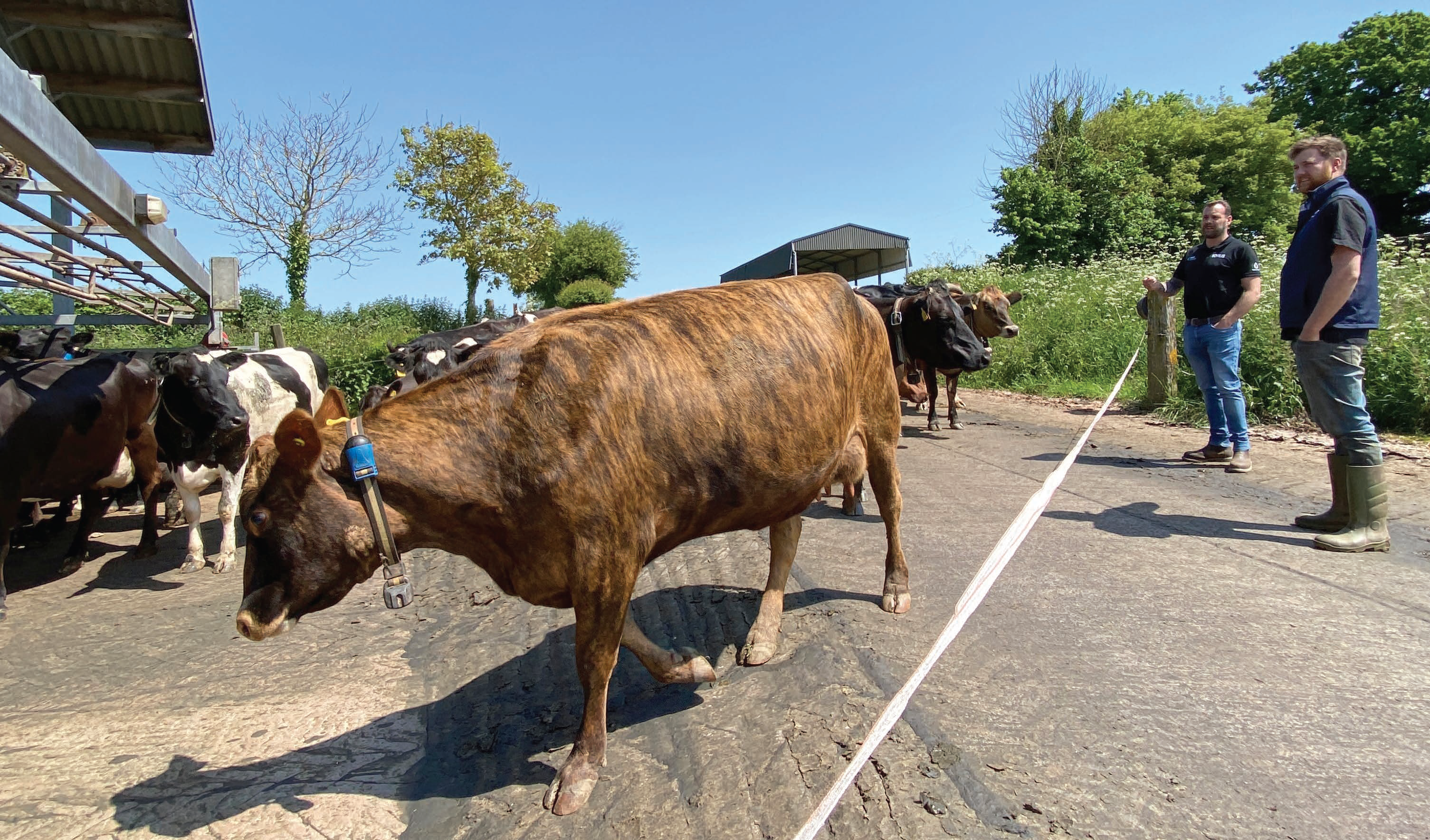
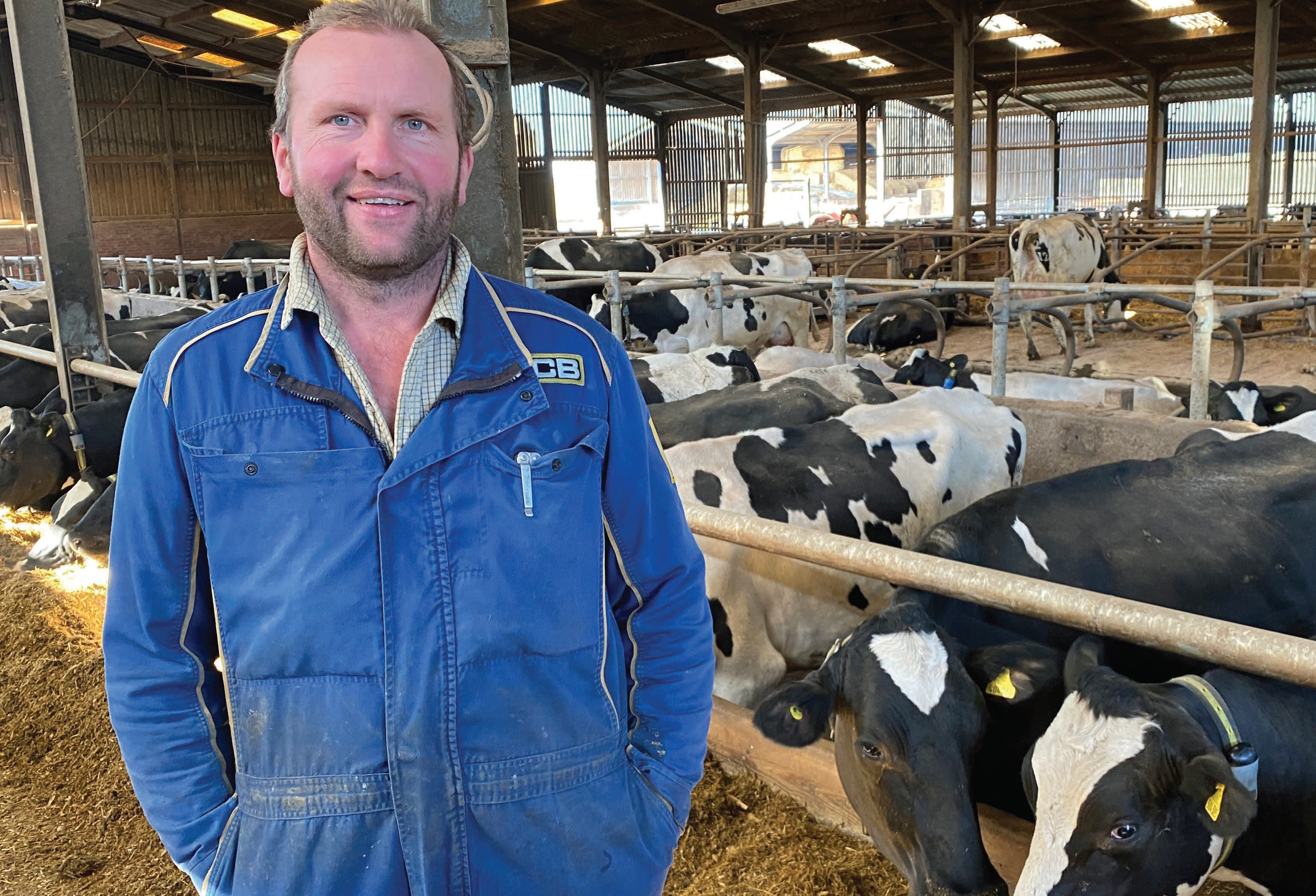

 Argentina
Argentina Australia
Australia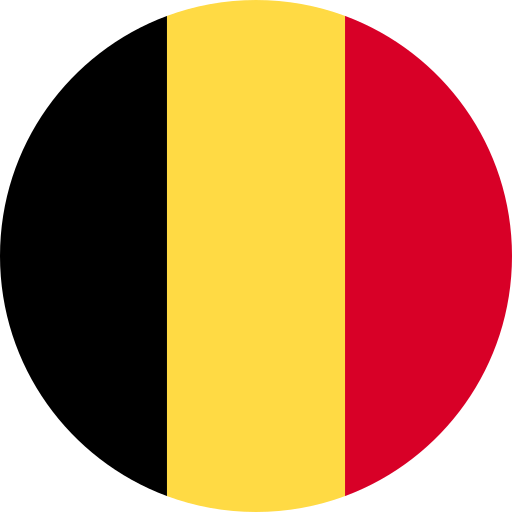 Belgium (Dutch)
Belgium (Dutch) Brazil
Brazil Chile
Chile Colombia
Colombia Czech Republic
Czech Republic Finland
Finland France
France Germany
Germany Ireland
Ireland Italy
Italy Japan
Japan Mexico
Mexico New Zealand
New Zealand Norway
Norway Panama
Panama Poland
Poland Portugal
Portugal Spain
Spain Sweden
Sweden United Kingdom
United Kingdom Global
Global